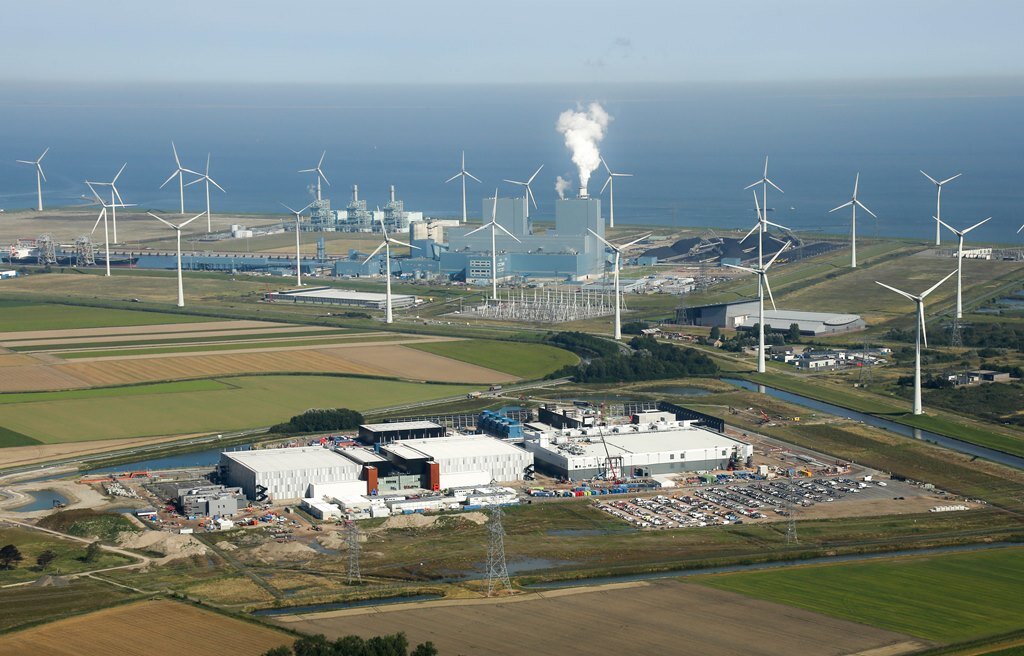In a First, Renewable Energy Is Poised to Eclipse Coal in U.S.
The coronavirus has pushed the coal industry to once-unthinkable lows, and the consequences for climate change are big. Click here for the full story from the New York Times.
Research Brief: Planning for the future of energy demand with renewable energy
Many homes in the United States are converting to electricity-based heating and cooling systems. Converting the home heating sector to electricity, and supplying that electricity with renewable energy, has been identified as a critical national decarbonization pathway.
Utilities’ Big Promises on CO2 Questioned by Analysts
America’s utilities are getting ambitious about carbon reduction. But some climate analysts are skeptical about whether power companies will follow through and meet their aggressive emission targets.
As Utilities Cut Carbon Emissions, Some Transitioning Faster To Renewables
Major utilities serving Wisconsin are moving forward with plans to increase solar and wind projects as they’ve set goals to drastically reduce carbon emissions over the next several decades. But some are making the transition to renewable energy faster than others.
Our Data Centers Now Work Harder When the Sun Shines and Wind Blows
Addressing the challenge of climate change demands a transformation in how the world produces and uses energy. Google has been carbon neutral since 2007, and 2019 marks the third year in a row that we’ve matched our energy usage with 100 percent renewable energy purchases. Now, we’re working toward 24x7 carbon-free energy everywhere we have data centers, which deliver our products to billions of people around the world.
NARUC Issues Reports on Using Distributed Resources to Improve Grid Resilience
The National Association of Regulatory Utility Commissioners (NARUC) has released a report on how distributed energy resources (DERs) and microgrids can improve grid resilience along with a guide state regulators can use to review proposed projects.
What Goes Into Calculating Minnesota’s Groundbreaking ‘Value of Solar’ Rate?
In 2017, Minnesota became the first state to apply a “value of solar” rate to community solar projects. Xcel Energy pays operators using a formula meant to better reflect solar’s costs and benefits to the grid than other rates.
Read the full article from Energy News Network here.
Flexible Combined Heat and Power (CHP) Systems
As intermittent renewable energy sources—like wind and solar—generate a growing share of U.S. electricity, electric utilities and other system operators face an increasing and immediate need for additional power to keep the electric grid stable and secure. Many small and mid-sized U.S. manufacturing plants could provide this dispatchable power and other grid services—earning clear financial benefits.
Where Does the Natural Gas ‘Bridge’ End?
The role of natural gas is one of the stickier points of debate related to the global energy transition, and that debate was on full display here this month. Meg Gentle, president and CEO of Houston-based gas company Tellurian, argued that natural gas is a key driver of the energy transition and is already lowering emissions by replacing dirtier fuels like coal and oil.
Can Natural Gas Be a Bridge to Clean Energy?
As the shale gas boom progresses in North America, and as other nations seek to develop their own gas reserves, communities around the world are engaged in fierce debates over whether to allow fracking and expand global trade of natural gas.
Xcel 'sees opportunities across our system' to change coal operations: CEO Fowke
The declining economics of coal have thrown long-term utility operations into question, particularly across the Midcontinent Independent System Operator (MISO) and Southwest Power Pool (SPP). And in arid regions like the Southwest, water scarcity is considered an increased risk to power plant assets under a changing climate.











